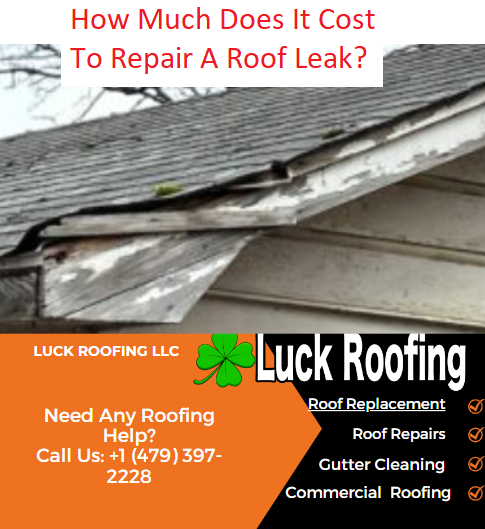What are the Costs Associated with Roof Leak Repairs?
Understanding the financial implications of addressing a roof leak is a matter of practical concern for property owners. The cost of repairing a roof leak can fluctuate significantly, with several variables coming into play like for example if the roof leak is repairable from the inside vs repairing the leak from the outside . From the extent of the damage to the type of roofing materials and the intricacy of the repairs required, the expenses can vary. Moreover, factors such as labor, location, and the size of the roof can further impact the overall costs. In this article, we will dissect the common types of roof repairs, delve into the influencing factors on repair expenses, and explore the potential cost-saving strategies. Whether contemplating minor repairs or a complete roof replacement, gaining insight into the associated costs is essential for informed decision-making and effective management of roofing maintenance.
If you’re facing problems with your roof, our top-notch commercial roof repair service in Arkansas is here to help. At Luck Roofing, we offer superior roofing services to the people of Fort Smith and the surrounding areas. Don’t hesitate to reach out to us at (479) 397-2228 for professional advice. Rest assured, your project will be handled with the high level of quality and dependability we’re known for.
General Cost Of Roof Repairs
The cost of roof repairs can vary significantly based on factors such as the extent of damage, the type of roofing material, and the complexity of the repair required. Minor repairs, which typically include tasks such as gutter cleaning, patching small leaks, and replacing missing or cracked shingles, generally range between $150 and $1,500. These minor repairs do not require specialized knowledge or training and can be completed with basic tools and materials. In contrast, major repairs, which encompass extensive electrical, plumbing, HVAC, or engineering work, structural failures, renovations, and safety hazards, can cost between $1,500 and $7,000. Major repairs require professional expertise and specialized materials and may necessitate permits and inspections.
When it comes to total roof replacement, the costs can escalate significantly, exceeding $8,000. The type of roofing material also plays a crucial role in determining repair costs. For instance, asphalt shingles typically cost around $90 per square, while flat roofs can range between $250 and $350 per square. More premium materials such as wood shakes cost around $600 per square, and slate roofs can cost between $1,000 and $3,000 per square. It’s important to note that roofs older than 20 years with significant or recurring damage may require replacement, while regular roof cleaning can help reduce the need for future repairs. Overall, the cost of roof repairs is influenced by the specific nature of the repair, the type of roofing material, and the extent of the damage.
Repairing Common Roof Leaks
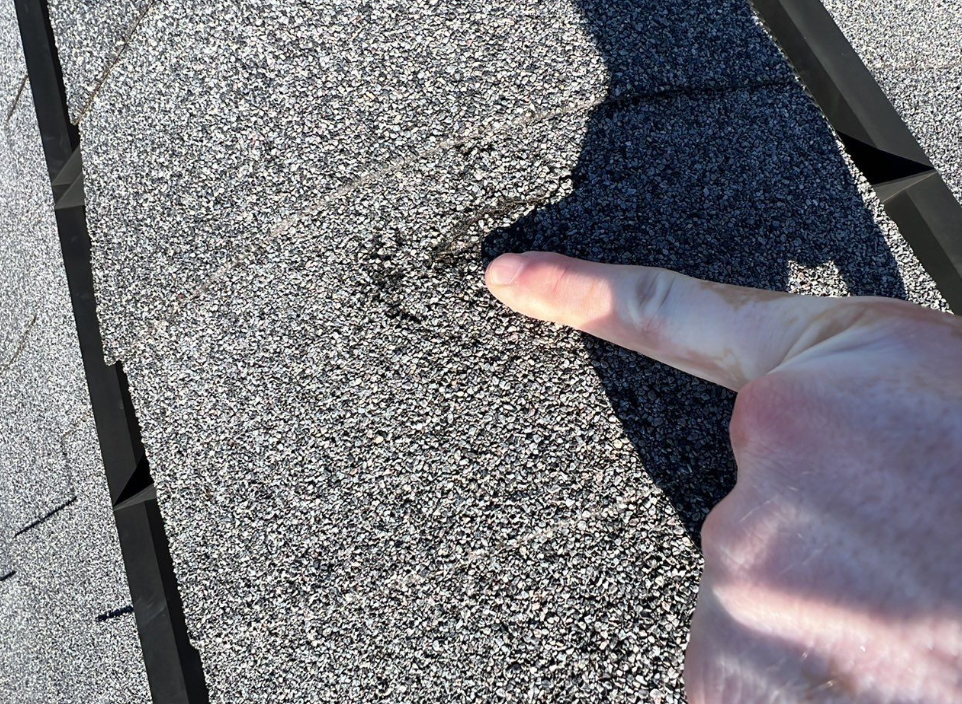 Repairing common roof leaks involves identifying the specific source of the leak and determining the appropriate repair method to address it effectively. Common roof leaks often stem from issues such as improperly driven nails, cracked pipe boots, missing asphalt shingles, and chimney leaks. The cost of repairing these common leaks varies, typically ranging from $200 to $4,000, depending on the extent of the damage. For instance, repairing improperly driven nails may cost around $325, while fixing cracked pipe boots ranges from $250 to $550. Additionally, repairing missing asphalt shingles may cost between $200 and $500, and addressing chimney leaks can range from $500 to $4,000.
Repairing common roof leaks involves identifying the specific source of the leak and determining the appropriate repair method to address it effectively. Common roof leaks often stem from issues such as improperly driven nails, cracked pipe boots, missing asphalt shingles, and chimney leaks. The cost of repairing these common leaks varies, typically ranging from $200 to $4,000, depending on the extent of the damage. For instance, repairing improperly driven nails may cost around $325, while fixing cracked pipe boots ranges from $250 to $550. Additionally, repairing missing asphalt shingles may cost between $200 and $500, and addressing chimney leaks can range from $500 to $4,000.
How to Repair a Roof Leak in a Valley
The type of roofing material also influences the repair costs. For example, asphalt shingles are common and easier to repair, while premium materials like metal roofs are costlier to fix. Slate and tile roofs require specialized skills for repairs, which can impact the overall repair expenses.
It’s important to note that the factors affecting roof repair costs extend beyond the specific repair needed. Labor and time, the extent and size of the damage, roofing material type, and complexity of the roof design all contribute to the overall repair expenses. Moreover, the location and time of the repair, as well as the necessity of permits and inspections, also play a role in determining the cost of repairing common roof leaks.
Impacting Factors On Repair Costs
When addressing common roof leaks, it is essential to recognize that various factors significantly influence the costs associated with roof repairs. The extent and size of damage are primary cost factors, with minor, moderate, and major repairs impacting the overall expense. Additionally, the type of roofing material and the complexity of the roof design play a crucial role in determining repair costs. Labor costs, which can range from $35 to $90 per hour or by the square, also contribute significantly to the total repair expenses.
Time and location considerations further impact the costs of roof repairs. Higher costs may be incurred during busy seasons, inclement weather, or in areas with a high cost of living or a growing housing market. Emergency repairs during adverse weather conditions may also lead to additional charges. Scheduling repairs during off-peak seasons is advisable to save on costs.
Other factors affecting repair costs include the need for roof inspections, permits, and the size of the roof. Larger roofs generally require more materials and labor, potentially leading to partial or full replacements, thus impacting the overall repair expenses. Moreover, it is essential to weigh the cost-effectiveness of repairs versus replacement for larger roofs.
Leak Repair Vs Full Replacement
 Considering the scope of damage and the longevity of the existing roof, an evaluation of the cost-effectiveness of leak repair versus full replacement is imperative. This decision can be influenced by various factors including the extent of damage, the age of the roof, and the overall cost of the chosen option. The following table provides a comparison between leak repair and full replacement based on key factors.
Considering the scope of damage and the longevity of the existing roof, an evaluation of the cost-effectiveness of leak repair versus full replacement is imperative. This decision can be influenced by various factors including the extent of damage, the age of the roof, and the overall cost of the chosen option. The following table provides a comparison between leak repair and full replacement based on key factors.
| Factors | Leak Repair | Full Replacement |
|---|---|---|
| Cost | Generally lower than replacement | Higher upfront cost |
| Time | Quick resolution of specific issues | Longer timeframe for installation |
| Longevity | Short-term solution | Long-term investment |
| Extent of Damage | Suitable for minor to moderate damage | Ideal for major or extensive damage |
| Future Maintenance | May require additional repairs | Reduced maintenance for many years |
The decision between leak repair and full replacement depends on the specific circumstances of the roof, considering factors such as the extent of damage, the age of the roof, and the overall cost. For minor to moderate damage, leak repair may be a cost-effective and efficient solution to address specific issues. However, in the case of major or extensive damage, a full replacement may provide a long-term investment with reduced maintenance needs for many years to come. It is crucial to consult with a professional roofing contractor to assess the best course of action based on the individual circumstances of the roof.
Identifying Improperly Driven Nails
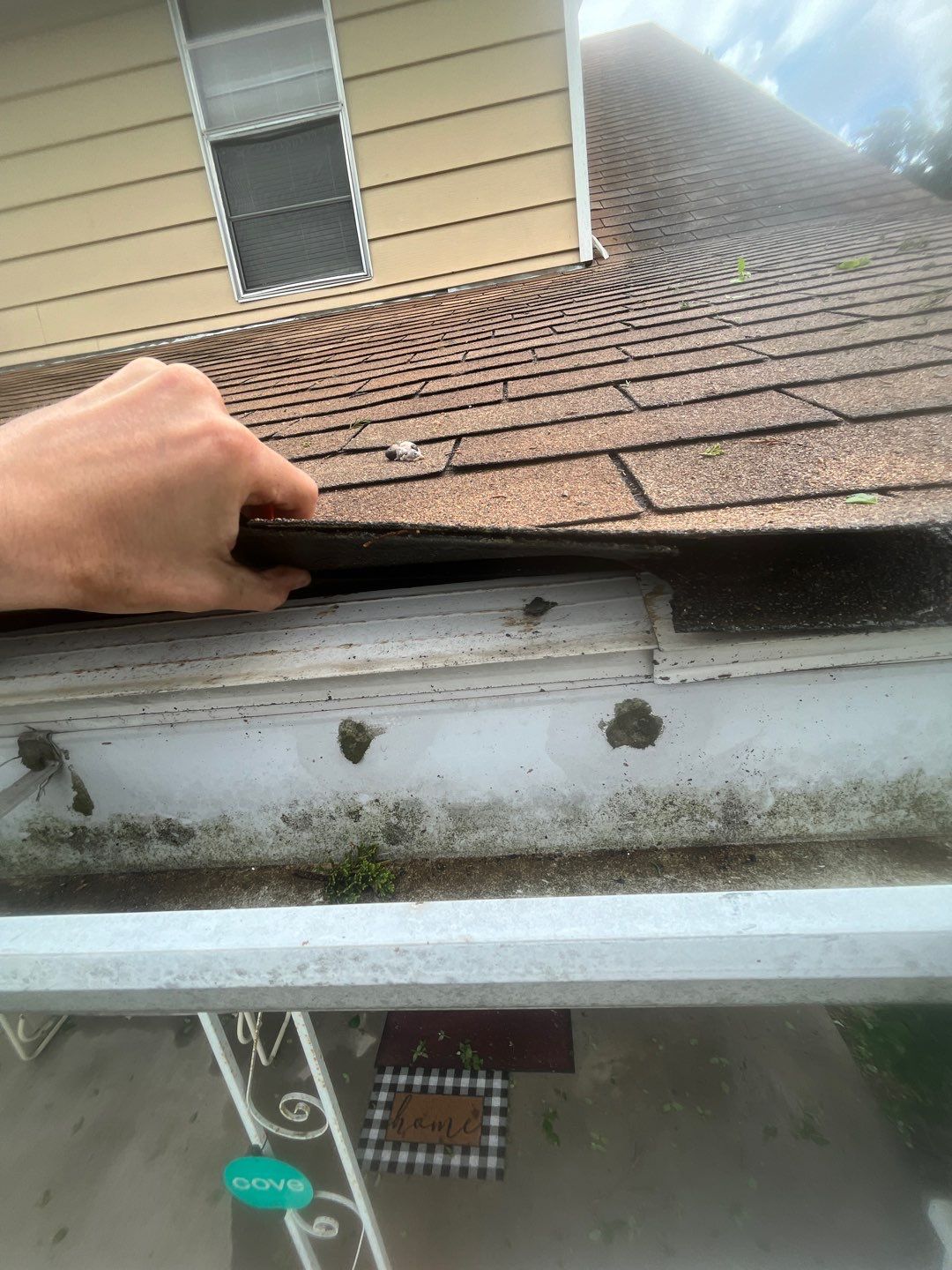 In evaluating the condition of a roof and determining the most suitable approach for addressing issues, a critical aspect is identifying improperly driven nails, which can impact the effectiveness of both repair and potential replacement strategies. Improperly driven nails can lead to a variety of problems, including loosening of the roofing material, compromising the structural integrity of the roof, and ultimately causing leaks. Identifying these nails requires a thorough inspection of the roof, focusing on areas where the roofing material may be lifting or showing signs of damage. Additionally, a visual inspection from the attic can reveal any light penetrating through the roof, indicating potential nail-related issues.
In evaluating the condition of a roof and determining the most suitable approach for addressing issues, a critical aspect is identifying improperly driven nails, which can impact the effectiveness of both repair and potential replacement strategies. Improperly driven nails can lead to a variety of problems, including loosening of the roofing material, compromising the structural integrity of the roof, and ultimately causing leaks. Identifying these nails requires a thorough inspection of the roof, focusing on areas where the roofing material may be lifting or showing signs of damage. Additionally, a visual inspection from the attic can reveal any light penetrating through the roof, indicating potential nail-related issues.
Once improperly driven nails are identified, it is imperative to address them promptly to prevent further damage. This typically involves removing the affected roofing material, extracting the nails, and properly resecuring the material with new nails or fasteners. Depending on the extent of the issue, it may also be necessary to assess the underlying decking for any damage caused by the improperly driven nails.
Neglecting improperly driven nails can lead to more extensive damage over time, ultimately increasing repair costs and potentially necessitating a full roof replacement. Therefore, it is crucial to address these issues as part of regular roof maintenance or as soon as they are identified during an inspection. By proactively identifying and rectifying improperly driven nails, homeowners can mitigate the risk of leaks and preserve the integrity of their roofs.
Addressing Cracked Pipe Boots
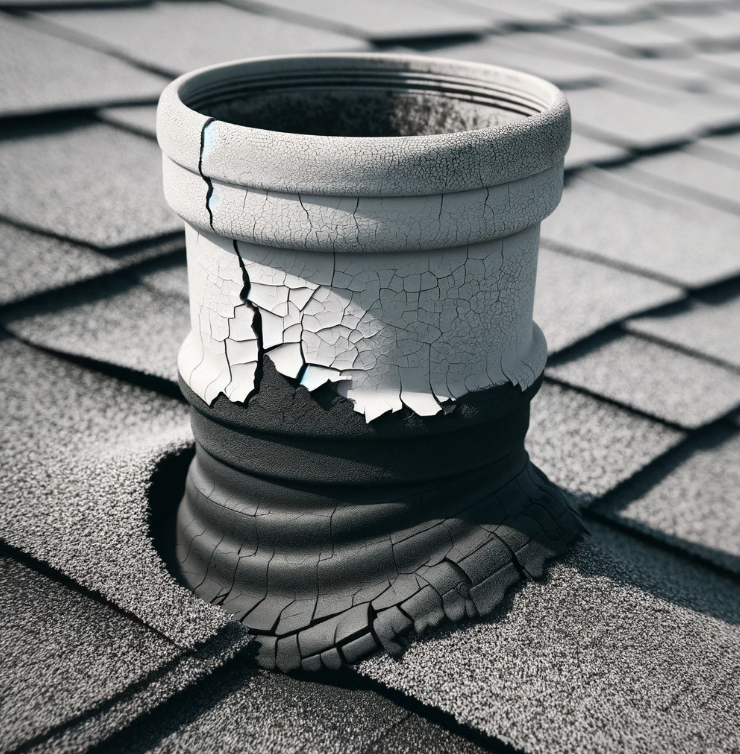 What are the common methods for addressing cracked pipe boots in roof repair? Cracked pipe boots are a common source of roof leaks and addressing them promptly is crucial to prevent further damage. There are several methods for addressing cracked pipe boots in roof repair. One common approach is to replace the damaged pipe boot with a new one. This involves removing the old, cracked boot and installing a new one, ensuring a proper seal to prevent future leaks. Another method is to apply a high-quality sealant to the cracked areas of the pipe boot. This can provide a temporary solution to stop the leak while a more permanent repair is planned. Additionally, using a flexible, waterproof flashing material to cover the cracked pipe boot can provide a durable and long-lasting solution. It’s important to note that addressing cracked pipe boots may require professional expertise to ensure the repair is done effectively. Hiring a licensed roofing professional can help assess the extent of the damage and determine the most suitable repair method. By addressing cracked pipe boots promptly and using appropriate repair techniques, homeowners can mitigate the risk of water damage and avoid more extensive and costly repairs in the future.
What are the common methods for addressing cracked pipe boots in roof repair? Cracked pipe boots are a common source of roof leaks and addressing them promptly is crucial to prevent further damage. There are several methods for addressing cracked pipe boots in roof repair. One common approach is to replace the damaged pipe boot with a new one. This involves removing the old, cracked boot and installing a new one, ensuring a proper seal to prevent future leaks. Another method is to apply a high-quality sealant to the cracked areas of the pipe boot. This can provide a temporary solution to stop the leak while a more permanent repair is planned. Additionally, using a flexible, waterproof flashing material to cover the cracked pipe boot can provide a durable and long-lasting solution. It’s important to note that addressing cracked pipe boots may require professional expertise to ensure the repair is done effectively. Hiring a licensed roofing professional can help assess the extent of the damage and determine the most suitable repair method. By addressing cracked pipe boots promptly and using appropriate repair techniques, homeowners can mitigate the risk of water damage and avoid more extensive and costly repairs in the future.
Replacing Missing Asphalt Shingles
 To address missing asphalt shingles on a roof or a shingle tile roof leak , homeowners should promptly engage professional roofing services to assess the extent of the damage and recommend suitable replacement options. The cost of replacing missing asphalt shingles typically ranges between $200 and $500. However, this cost can vary based on factors such as the size of the area needing repair, the specific type and quality of the shingles, and the labor required for the replacement.
To address missing asphalt shingles on a roof or a shingle tile roof leak , homeowners should promptly engage professional roofing services to assess the extent of the damage and recommend suitable replacement options. The cost of replacing missing asphalt shingles typically ranges between $200 and $500. However, this cost can vary based on factors such as the size of the area needing repair, the specific type and quality of the shingles, and the labor required for the replacement.
When replacing missing asphalt shingles, it’s essential to consider the potential underlying damage that may have been caused by the missing shingles, such as water leaks and structural issues. Professional roofers can thoroughly inspect the area to determine if there are any additional repairs needed, which may impact the overall cost.
Additionally, the cost of replacing missing asphalt shingles may also depend on the accessibility of the roof and the complexity of the roof design. If the missing shingles are located in a hard-to-reach area, such as steep slopes or high roofs, the labor and safety measures required for the replacement may contribute to a higher overall cost.
It’s important for homeowners to prioritize the timely replacement of missing asphalt shingles to prevent further damage to the roof and the interior of the home. By enlisting the expertise of professional roofing services, homeowners can ensure that the replacement is carried out effectively, minimizing the risk of future issues and reducing long-term repair costs.
Fixing Chimney Leaks
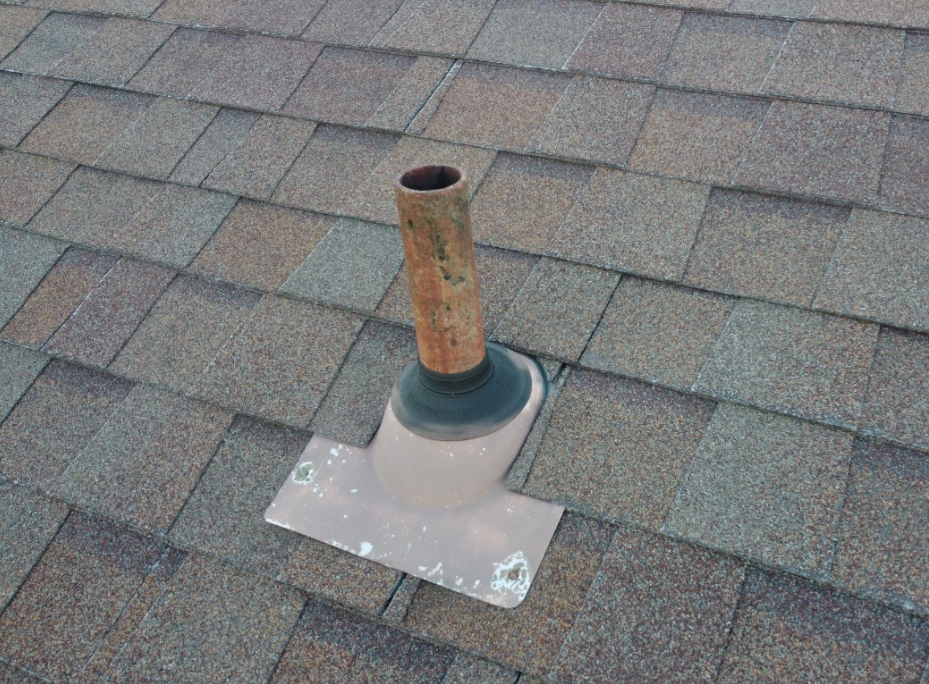 When addressing chimney leaks, it is essential to engage the expertise of professional roofing services to thoroughly assess the extent of the damage and recommend appropriate repair solutions. Chimney leaks can lead to significant water damage and structural issues if left unattended, making it crucial to address them promptly and effectively. Here are three key considerations when it comes to fixing chimney leaks:
When addressing chimney leaks, it is essential to engage the expertise of professional roofing services to thoroughly assess the extent of the damage and recommend appropriate repair solutions. Chimney leaks can lead to significant water damage and structural issues if left unattended, making it crucial to address them promptly and effectively. Here are three key considerations when it comes to fixing chimney leaks:
- Thorough Inspection: Professional roofers will conduct a comprehensive inspection of the chimney, including the flashing, masonry, and surrounding roofing materials, to accurately identify the source and extent of the leak. This detailed assessment is crucial for determining the most appropriate and effective repair strategy.
- Flashing and Sealant Repair: In many cases, chimney leaks are attributed to damaged or improperly installed flashing around the base of the chimney. Professional roofers will skillfully repair or replace the flashing and apply high-quality sealants to ensure a watertight seal, preventing future leaks and water intrusion.
- Masonry and Structural Integrity: If the chimney masonry has been compromised or there are signs of structural damage, it is imperative to address these issues during the repair process. Professional roofing services have the expertise to not only fix the visible signs of damage but also assess and reinforce the structural integrity of the chimney to prevent future leaks and ensure long-term stability.
Labor And Time: Cost Factors
Addressing the subtopic of ‘Labor and Time: Cost Factors’ necessitates an understanding of the meticulous inspection and repair process involved in addressing chimney leaks. The costs associated with labor and time for roof repairs can vary significantly based on factors such as the complexity of the repair, the expertise required, and the duration of the repair process. These factors can have a substantial impact on the overall cost of addressing roof leaks.
To illustrate the varying costs associated with labor and time for roof repairs, the table below outlines potential cost factors:
| Labor and Time Cost Factors | Description | Impact on Repair Cost |
|---|---|---|
| Expertise and Skill Level | Highly skilled professionals may command higher labor costs, especially for complex repairs or intricate roofing materials. | Significant impact, particularly for specialized repairs or premium roofing materials. |
| Repair Duration | Longer repair durations can result in higher labor costs, especially for hourly-based pricing models. | Direct correlation between time spent on repairs and overall cost. |
| Emergency Repairs | Urgent or emergency repairs may incur additional charges for expedited services or after-hours work. | Can substantially increase repair costs, especially for immediate or off-hours repairs. |
Understanding these labor and time cost factors is essential for homeowners and property owners to anticipate and budget for potential roof repair expenses effectively. It also underscores the importance of obtaining detailed cost estimates from roofing professionals to ensure transparency and accuracy in the overall repair process.
How Damage Extent Affects Cost
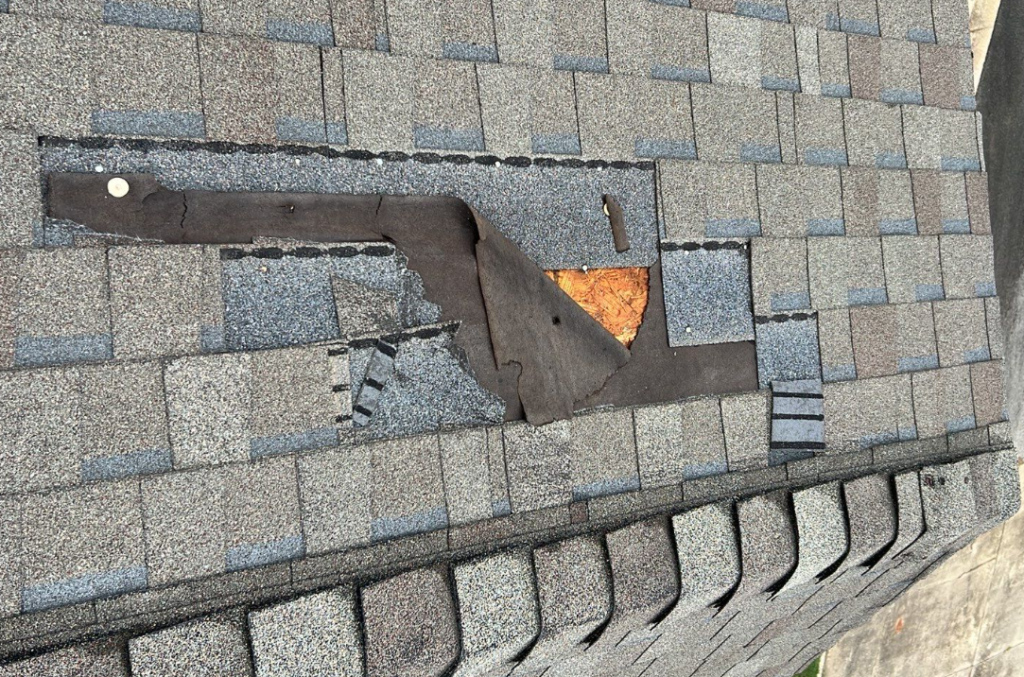 The extent of damage significantly influences the overall cost of roof repairs. Understanding how the extent of damage affects costs can help homeowners anticipate expenses and make informed decisions about their roof repair needs. Here are three key points to consider:
The extent of damage significantly influences the overall cost of roof repairs. Understanding how the extent of damage affects costs can help homeowners anticipate expenses and make informed decisions about their roof repair needs. Here are three key points to consider:
- Minor Damage: Minor damage, such as a few missing or cracked shingles, small leaks, or minor flashing issues, typically incur lower repair costs. These repairs are generally quick and straightforward, requiring basic materials and tools. The labor involved is minimal, and the overall expense is relatively modest compared to more extensive damage.
- Moderate Damage: Moderate damage, including larger or multiple leaks, significant flashing or sealant issues, or damage to a larger area of the roof, can result in moderate repair costs. These repairs often require more time, labor, and materials to address effectively. While not as extensive as major damage, the cost of repairing moderate damage can be noticeably higher.
- Major Damage: Major damage, such as widespread leaks, extensive shingle damage, structural issues, or damage resulting from severe weather events, can significantly increase repair costs. Repairing major damage often involves complex and labor-intensive work, as well as the use of specialized materials. In some cases, major damage may even necessitate a complete roof replacement, resulting in considerably higher costs.
Understanding the varying costs associated with different levels of damage can help homeowners prepare financially and seek timely repairs to prevent further deterioration and more costly consequences.
Influence Of Roofing Material Types
Different roofing material types have a significant impact on the overall cost and complexity of roof repairs. The table below illustrates the varying costs associated with different roofing materials:
| Roofing Material | Cost per Square |
|---|---|
| Asphalt Shingles | $90 |
| Flat Roofs | $250 – $350 |
| Metal Roofs | $350 – $450 |
| Wood Shakes | $600 |
| Tile Roofs | $300 |
| Slate Roofs | $1,000 – $3,000 |
Asphalt shingles are common and relatively easy to repair, with a cost of approximately $90 per square. Conversely, repairing flat roofs can range from $250 to $350 per square, while metal roofs can cost between $350 and $450 per square. Wood shakes, tile, and slate roofs require specialized skills for repairs and are associated with higher costs, ranging from $300 to $3,000 per square.
The choice of roofing material significantly influences the complexity and cost of repairs. It is important for homeowners to consider this factor when assessing the potential expenses associated with roof repairs. By understanding the specific costs related to different roofing materials, individuals can make informed decisions and effectively plan for any necessary repairs.
Frequently Asked Questions
Can I Repair A Roof Leak Myself, Or Do I Need To Hire A Professional?
Repairing a roof leak yourself or hiring a professional depends on the severity of the issue. Minor repairs, like patching small leaks or replacing missing shingles, can often be handled by homeowners with basic tools. However, major repairs or roof replacements requiring specialized materials and expertise are best left to licensed professionals. Attempting significant repairs without the necessary skills could lead to further damage and potentially void warranties.
Are There Any Tax Incentives Or Rebates Available For Using Energy-Efficient Roofing Materials During Repairs?
Yes, tax incentives and rebates are available for using energy-efficient roofing materials during repairs. These incentives aim to promote sustainable practices and reduce energy consumption. Homeowners may qualify for federal or state tax credits, rebates, or incentives for installing energy-efficient roofing materials such as cool roofs, solar panels, or insulation. These programs encourage environmentally-friendly upgrades and can help offset the costs of roof repairs.
How Can I Determine If My Roof Leak Requires A Minor Repair Or A Full Replacement?
To determine if a roof leak requires minor repair or full replacement, consider factors like the age of the roof, extent of damage, and recurring issues. Minor repairs involve patching leaks, replacing shingles, or cleaning gutters. Major leaks, extensive damage, or an aging roof may necessitate replacement. Professional inspections can provide clarity on the best course of action, ensuring long-term structural integrity and cost-effectiveness.
What Are The Risks Of Not Addressing A Roof Leak Promptly, And How Can I Prevent Future Leaks?
Failure to promptly address a roof leak poses risks such as water damage to the structure, mold growth, and compromised structural integrity. Prevent future leaks by scheduling regular roof inspections, promptly addressing any signs of damage, and ensuring proper maintenance. Consider investing in quality materials and professional installation to mitigate potential leaks. Additionally, swift action against leaks and investing in preventive measures can save on costly repairs and safeguard the property’s integrity.
Are There Any DIY Options For Temporary Roof Leak Repairs In Case Of Emergency?
In case of a roof leak emergency, some DIY options can provide temporary relief. These include using roofing cement to seal small leaks, applying a temporary patch with roofing tape or a tarp, and clearing debris from gutters and downspouts to prevent further damage. However, it’s crucial to seek professional help for a lasting solution, as DIY fixes are temporary and may not address the underlying issue. Always prioritize safety and consider consulting a licensed roofing professional.
And Finally
In conclusion, understanding the costs associated with repairing a roof leak is essential for homeowners and property owners. Factors such as the severity of the damage, type of roofing materials, labor and time, location, permits, and the size of the roof all play a significant role in determining the overall repair costs. By gaining insight into potential costs and factors influencing repair expenses, informed decisions can be made to effectively manage the maintenance of residential or commercial roofing systems.
Michael Overzat
Michael Overzat resides in Fort Smith, Arkansas with his wife and three kids. He enjoys to hike, skateboard, write, and get involved in charity organizations. He was originally born in Maryland. He has worked within the roofing industry for 5 years and is very active within the industry by attending conferences, masterminds, etc. His vision is to create a multi-state organization that has a customer centric model. He's worked for some of the biggest names in the industry and hopes to create a more people focused model for the roof replacement process.

